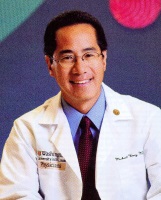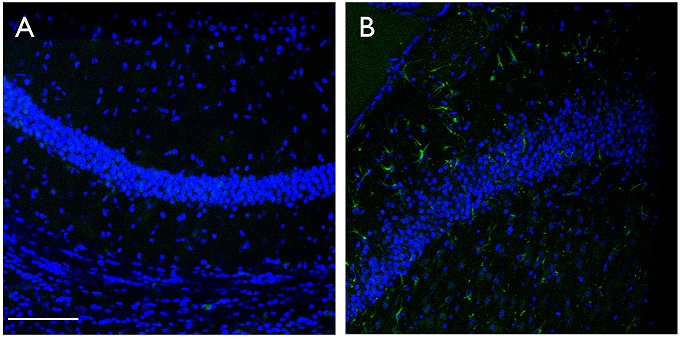Tuberous Sclerosis Complex
Inflammation and Epilepsy in TSC
Posted November 4, 2016
Michael Wong, MD, Ph.D., Washington University in St. Louis

Washington University in St. Louis
Tuberous Sclerosis Complex (TSC) is a multi-system disease that leads to benign tumor growth in several organs, such as the brain, kidneys, heart, eyes, skin, and lungs, as well as central nervous system manifestations, such as epilepsy, autism, and cognitive impairment. The greatest impact on TSC patients and their families is due to the central nervous system manifestations. According to the National Institute of Neurological Disorders and Stroke, most people with TSC will have seizures at some point in their lives. There is evidence to support a role for mTORC1 signaling in the neurological symptoms associated with TSC, and mTOR inhibitors are being tested as potential treatments. However, understanding the mechanisms involved downstream of mTORC1 is important for identifying more specific therapeutic targets to minimize the side effects observed with mTOR inhibition. Dr. Michael Wong and his laboratory have posited that inflammation may be playing a role in the development of epilepsy in TSC patients. Several studies have found that proteins indicative of inflammation are present in brain tissue from TSC patients. However, there are still many questions as to the inflammatory mechanisms involved, including the role of mTORC1 signaling.
With an Exploration - Hypothesis Development Award, Dr. Wong and colleagues screened for markers of inflammation in a mouse model of TSC that develops seizures around 3-4 weeks of age. They found the mRNA levels of several inflammatory molecules to be different from control mice at 4 weeks of age. When the researchers checked at 2 weeks of age, they found mRNA levels were different at this earlier time point for three of the molecules, CCL2, IL-1beta, and CXCL10. This suggests that the increase in CCL2, IL-1beta, and CXCL10 precedes seizures, but the difference in expression of the other molecules at 4 weeks of age may have been due to seizure activity. The Wong lab further demonstrated that protein levels of IL-1beta and CXCL10 were increased in the brain tissue of the TSC mice. The mice were treated with rapamycin, a known inhibitor of mTORC1, or epicatechin-3-gallate (ECG), which has been reported to inhibit production of IL-1beta and CXCL10. Both compounds were able to reverse the increased production of the two proteins. Since rapamycin has been previously studied in epilepsy, Dr. Wong focused on ECG treatment in the mice and found that treatment did minimally correct some of the brain tissue abnormalities seen in the mouse model, but, more importantly, there was a small decrease in seizure development and slightly improved survival in these mice. Dr. Wong and his laboratory have provided a proof-of-concept preclinical study suggesting that anti-inflammatory treatment could be a potential therapy for epilepsy in TSC patients.

Control mice (Panel A) , Tsc1GFAPCKO mice (Panel B). IL-1beta expression (in green)
Publication:
Zhang B, Zou J, Rensing NR, Yang M, and Wong M. 2015. Inflammatory mechanisms contribute to the neurological manifestations of tuberous sclerosis complex. Neurobiol Dis 80:70-79. doi: 10.1016/j.nbd.2015.04.016.
Link:
Public and Technical Abstracts: The Role of Brain Inflammation in Epileptogenesis in TSC
Last updated Thursday, December 5, 2024














